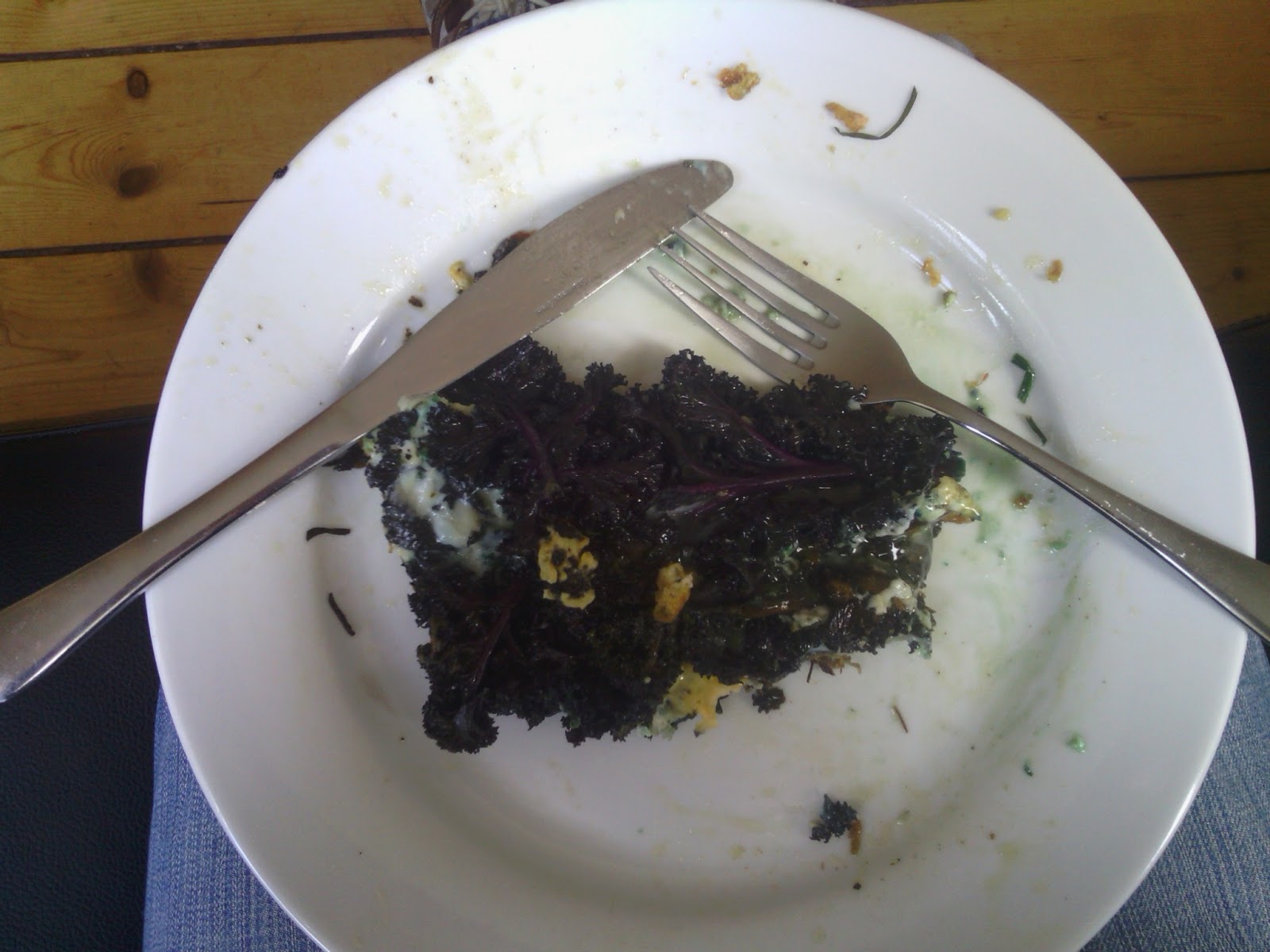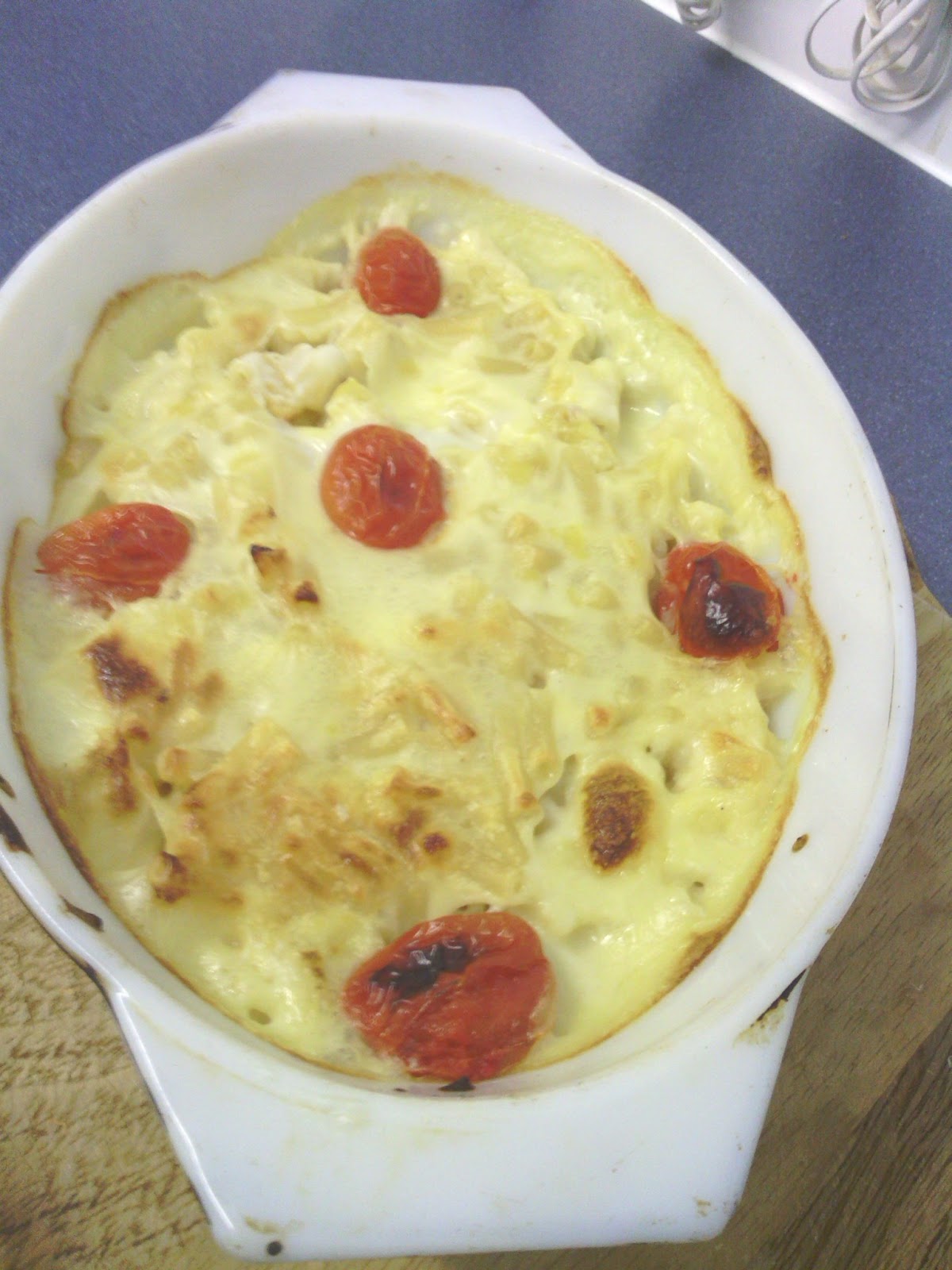As the weak early spring sun crept through the large bay windows and into the kitchen of my friend's flat in Glasgow, I began work by greasing a cake tin half a foot deep and twenty centimetres wide with margarine prior to sprinkling a light dusting of plain flour in the bottom of the tin. This usual trick with cake preparation ensured as far as possible that when cooked the mixture would not stick to the cake tin and come out of it cleanly.
At the risk of being accused of product placement I weighed out six ounces of Stork Margarine and then creamed it together with six ounces of caster sugar. I found the brand of margarine used fitted the bill well as it was thick and rich tasting, which is just what you need for party food.
I next added six ounces of self-raising flour and, one by one, three beaten eggs until I had a thick paste forming in the bowl. So that the mixture was a little drier I added twelve ounces of sultanas with two ounces of mixed peel and stirred them into the rest of the mixture. So as to give the cake a bit of a kick I added a teaspoon of nutmeg and then poured half the mixture into the cake tin. Next I spread a thick layer of apricot jam onto the top of the half of the mixture in the tin and then covered it with the remaining mixture.
It was now time to cook; so I placed the cake tin on a baking tray, in case any of it leaked out into the oven during cooking, and then let it bake in the oven at 140 degrees for about an hour and three quarters. As always with this type of cake I knew it was ready because the surface of the cake was crisp and I could push a skewer through it and pull the skewer out clean.
Once the cake had cooled I spread apricot jam over the top it and used the jam as glue to keep the marzipan I had cut into a circle stuck to the top of the cake. To make it a little more aesthetically pleasing I put the spare marzipan on the sides of the cake and rolled the remaining Marzipan into balls to put on top of it.
The cake certainly seemed to go down well as there was not much of it left when the party finished at 5am later that evening and when one, no doubt hungover reveller, departed the flat the next day they took a piece with them to consume on the long and no doubt uncomfortable train trip home.
Watch out for the final part of my culinary adventures in Glasgow in part 3...
 |
| Simnel Cake- traditionally made to celebrate Easter... and for high class parties. |



